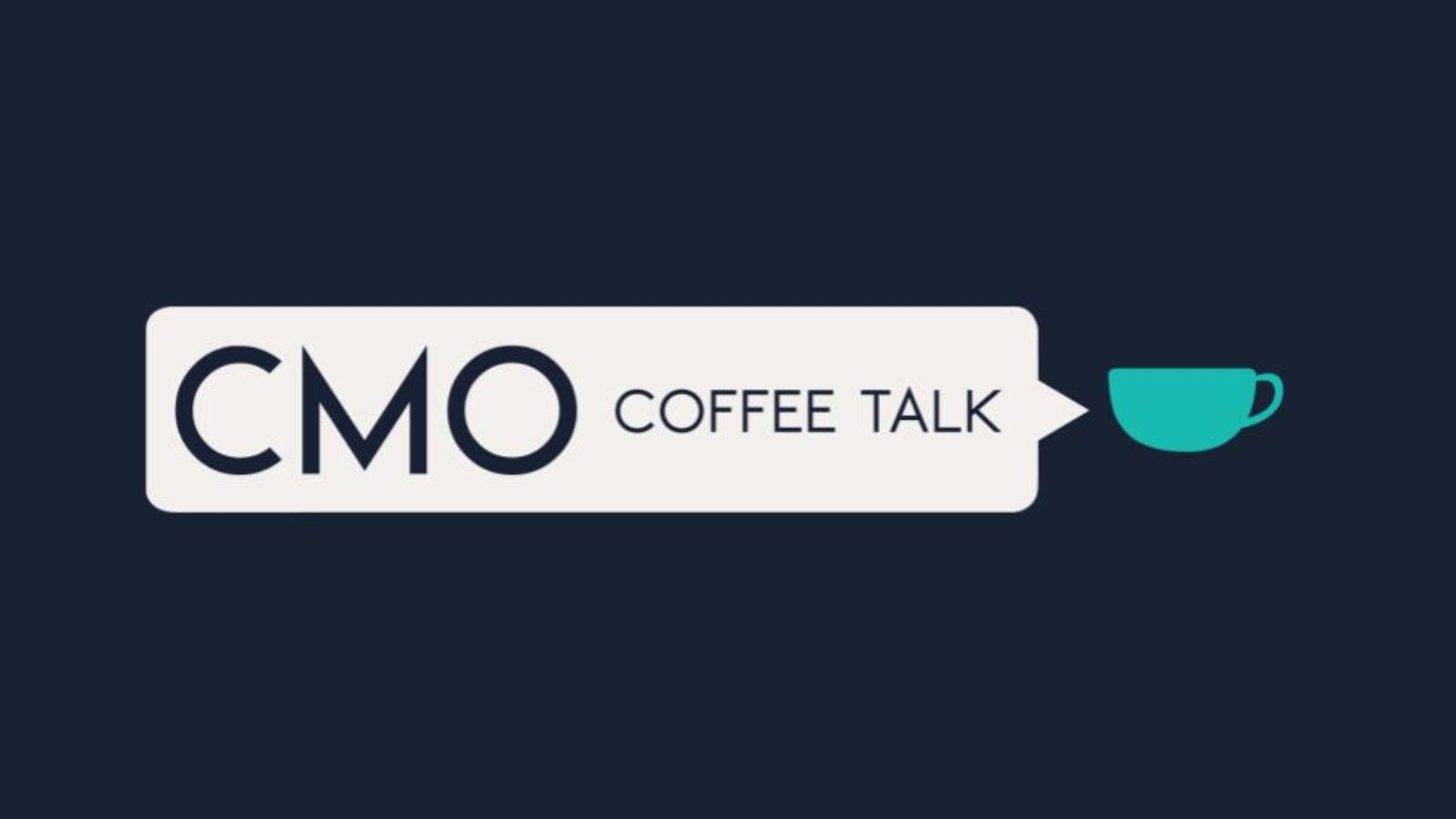An hour wasn’t enough to adequately address all variables and questions around marketing/sales/SDR alignment. Go figure?!
In last Friday’s CMO Coffee Talk, we did cover a ton of ground with numerous shared best practices, benchmarks and lessons learned. Here are a few highlights:
BDRs are NOT sales support and neither is marketing. (David Gray)
At my last org we had B2B marketing and sales ops as one team. It kept ownership of the entire process prior to sales handoff in one team and worked well. (Tisha Hulburd)
We had SDRs in marketing – was great for campaign feedback and alignment on lead follow up – spun off an inside sales team based on what we saw and learned through the SDRs for transactional closes. (Dwight Griesman)
As long as objectives are well-defined and there’s accountability, but on the margin, I prefer having BDRs in sales because it’s a natural path for them. (Jamie Barnett)
SDR function is best aligned with Sales in the early stages of growth, and as the company matures and scales it might make sense to have it in marketing. (Aaron Dun)
While our BDRs are in marketing, they are directly aligned to specific sales territories and reps and are integrated in all Sales organization activities. (Alex Gobbi)
Some of the best BDRs are at the end of their career – strong experience and want something more stable. (Alex Gobbi)
I ask my BDRs to shadow at least one sales call (1st or 2nd) per week – to listen to the extension of the work they do. (Helen Baptist)
I think it works well if the BDRs are in marketing, that they attend all of the pipeline meetings and sales gatherings for their territory. Sales team needs to know them and build relationships there. It can be difficult – sometimes in those meetings they get blamed… so they need a lot of help / prep – but in general it helps alignment. (Fara Hain)
So many new sales rep training programs focus on the company, product and sales process. Need more on the customer, the buying committee, their needs/pain/emotions, etc.
We have weekly stand-ups with BDR, AE and marketing per region. It has been helpful with alignment and goals. (Caroline Kinlin)
We had our BDRs sit in on the initial handoff call to sales – it drove accountability for quality and commitment and helped avoid sales no-shows. They also built relationships with the reps that way and learned how the reps extended the discovery process. (Dwight Griesman)
Most sales teams are product/service centric and rather they truly need to understand a-day-in-the-life of a customer so training them on their challenges and mandates is critical. (Darryl Praill)
Our BDR’s in marketing are required to be on every call to give the introduction to the buyer, take the notes and figure out the next steps with the reps if there is anymore help for the account to move into pipeline. (Meghan Williams)
BDRs need to have a digital marketing mindset..in addition to the sales aspect. Looking at signals, effective targeting, aggregating data, etc. (Sara Larsen)
When we were inbound-centric we were 2 SDRs:1 AE. Now that we’re ABM biased, we’re 1 SDR: 2 AEs. Like anything else in life, it will depend on the markets you serve and the complexity of what you’re selling. (Darryl Praill)
For SDR/AE ratio, we are 3 to 1 in enterprise and 4 to 1 in mid market (higher volume) (Meghan Williams)
For us, a BDR can book a less qualified meeting, as long as expectations are set for the AE that this is a “learning discussion” because in big accounts, you need to have an AE do some of the intel work. (Fara Hain)
Whenever we roll anything out (a new deck, competitive pieces) we have a rep “own” it. We bring them into the process so they have skin in the game. But then THEY intro it to the team. (Jamie Barnett)
The win stories also help us. The rep that is going to President’s Club they are bought into ICP, they work with marketing, they sell accounts. We continue to have them share the win stories to bring the others around. (Meghan Williams)
Intent signals are the equalizer, it’s not about direction (inbound vs outbound) but more important to know interest/intent/objectives. Context is key.
Sales reps should progress every 6 months, lots of mini-certifications, growth stages, we want SDRs who want to progress to the #1 rep in the company (Latane Conant)
Booked meetings alone is a terrible BDR goal. It just encourages lack of quality and shoe-horning people into a call they probably won’t show up for.
People process technology – three keys to overall alignment. (Sara Larsen)
We aligned our ICP across Product, Sales, Marketing, and Customer Success. (Tushar Patel)
There is a big difference between strategic alignment and operational alignment. What you say at SKO vs how people execute on a Tuesday.
“Strategic” alignment might work in the exec meeting but if you want to win the hearts and minds of sales force you need “operational” alignment. (John Graff)
What accounts you work is as important as those you don’t work. (Latane Conant)
It doesn’t matter where SDRs are (sales vs marketing). What matters is who has the resources to nurture the team. Which is often marketing. (Adam New-Waterson)
BDRs belong with the manager who best understands the role and “handshake” between Sales and Marketing. The right manager/leader is the key to me. (John Graff)
Constant training and having a solid process is key for people to not waste time with unqualified inbound. (Carlyn Manly)
If partners want leads from you they partially fund the BDR, that way you get to train the BDR and ensure the leads you paid for getting followed up! (Sydney Sloan)
A relationship based on transparent collaboration and a shared accountability ideally is part of the culture across the entire executive team, and the head of sales and marketing need to shake hands on keeping their relationship open and healthy. Both the marketing and sales team need to know and believe that the head of sales and marketing have one another’s backs. (Natasha Morgan)
I’ve always made overall revenue one of the MBOs for my Marketing managers – it’s back to the point that if Sales doesn’t meet/exceed their target than Mktg did not achieve their goal. (John Graff)
The more complex the deal, or higher value, Marketing contributes less. So for Commercial/Mid Market – marketing might own 75% pipeline origination, but for Enterprise, only 35%. (Kristen Cardinalli)
So many times that split “marketing sourced” vs. “sales generated” is, not only basically a fallacy, but a huge waste of time. (Andrea Lechner-Becker)
I find it a waste of time to overly do the sales vs BDR vs marketing. We all win or lose as a team. (Adam New-Waterson)
There’s a momentum component to accounts. Companies that change them too often rarely succeed. (Andrea Lechner-Becker)
We meet weekly with Inside Sales to evaluate quality of MQLs + CQLs (chat-qualified leads). We score activity and evaluate with Sales the customer journey points indicating ready to purchase. This is approx. 20% of rev. 40% is Managed Accounts (repeat business) and we own ABM there. I share the same rev goals as Sales. (Pam Cory)



